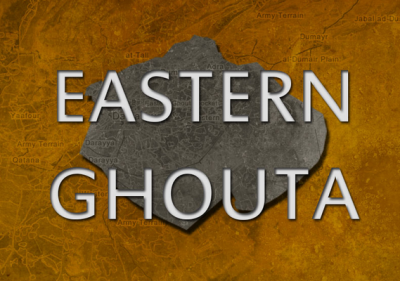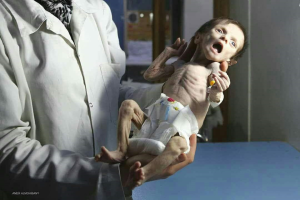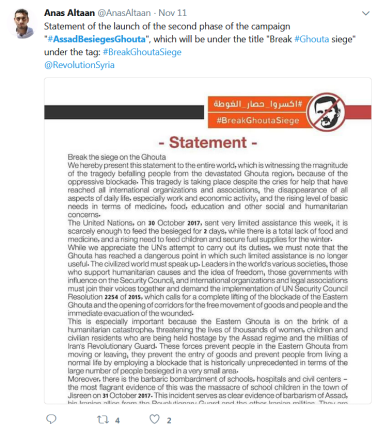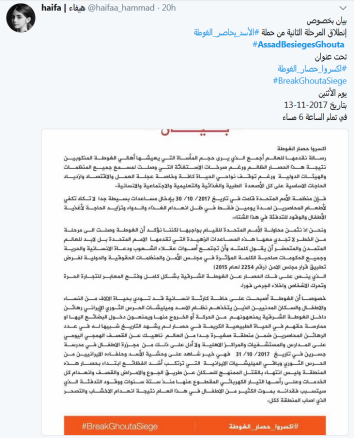Syria’s Eastern Ghouta: Catastrophic Situation or Heinous Disinformation Campaign?

More than 400,000 civilians of Syria’s Eastern Ghouta are still besieged and face the worsening humanitarian situation, said Stephane Dujarric, Spokesperson for the Secretary-General, during a regular briefing at the UN Headquarters in New York on November 7.
The cease-fire regime has been established there since July 2017, as this area is one of four de-escalation zones. At the same time, Eastern Ghouta is occupied by various militant groups as Jaysh Al-Islam, Faylaq Al-Rahman, and Jabhat Al Nusra.
The humanitarian aid from the Syrian government, Syrian Arab Red Crescent (SARC), UN and Russia on a regular basis is delivered to Eastern Ghouta despite regular provocations and mortar shillings of the militants.
Not so long ago, on November 12, joint UN and SARC humanitarian convoy of 24 trucks arrived in Duma, Eastern Ghouta. Two weeks earlier, on October 30, 49 trucks loaded with vaccines, food, drinking water, and necessities made it to the areas of Kafr Batna and Sacqba to help more than 40,000 people.
Earlier, on September 24, another humanitarian convoy with the assistance of Russia entered Eastern Ghouta. The convoy delivered food, medicine and warm clothes for the locals. Later, it became known that most of the supplies had not reached civilians and fell into the hand of Faylaq Al-Rahman and al-Nusra militants, who took all the goods to their warehouses.
Consequently, it is exactly the militants who aggravate the humanitarian situation in Eastern Ghouta, what has been exactly mentioned by Dujarric. In fact, the militants deprived seriously ill women and children of the opportunity to get daily necessities and medicine. It seemed that the United States works hard to achieve exactly this goal: the White House administration has made every effort to deliver humanitarian aid to the starving militants.

By the way, without going into too much detail, the Western Mass Media has supported the disinformation campaign of the opposition militants on Facebook and Twitter going by the name #AssadBesiegesGhota.
The authors of the campaign created a series of short messages, tweets, photos, and videos, which mainly depict sick and malnourished children with only one purpose – to evoke feelings of pity and compassion among users of social networks around the world.
This action was initiated to show the world community that the people of Eastern Ghouta suffer from hunger. The West tries to make Bashar Assad and the Syrian Arab Army guilty instead of the militants who control the region.
However, the disinformation campaign is gaining further momentum. On November 13, the second phase of the campaign with the hashtag #BreakGhoutaSiege.


Most likely, the aim of the campaign is to make the Syrian government lift the siege on Eastern Ghouta. For its part, Assad’s government believes that the siege on Eastern Ghouta is a necessary measure since if withdrawn, militants will be able to obtain weapons and ammunition from their Western sponsors, regroup or leave the area under the guise of civilians.
Despite the scale of the disinformation campaign, it won’t affect the conduct of a successful counter-terrorism operation in Eastern Ghouta. The residents of the Damascus countryside are tired of living next door to militants and hope for the assistance of the Syrian government.
Sophie Mangal is a special investigative correspondent at Inside Syria Media Center where this article was originally published.

